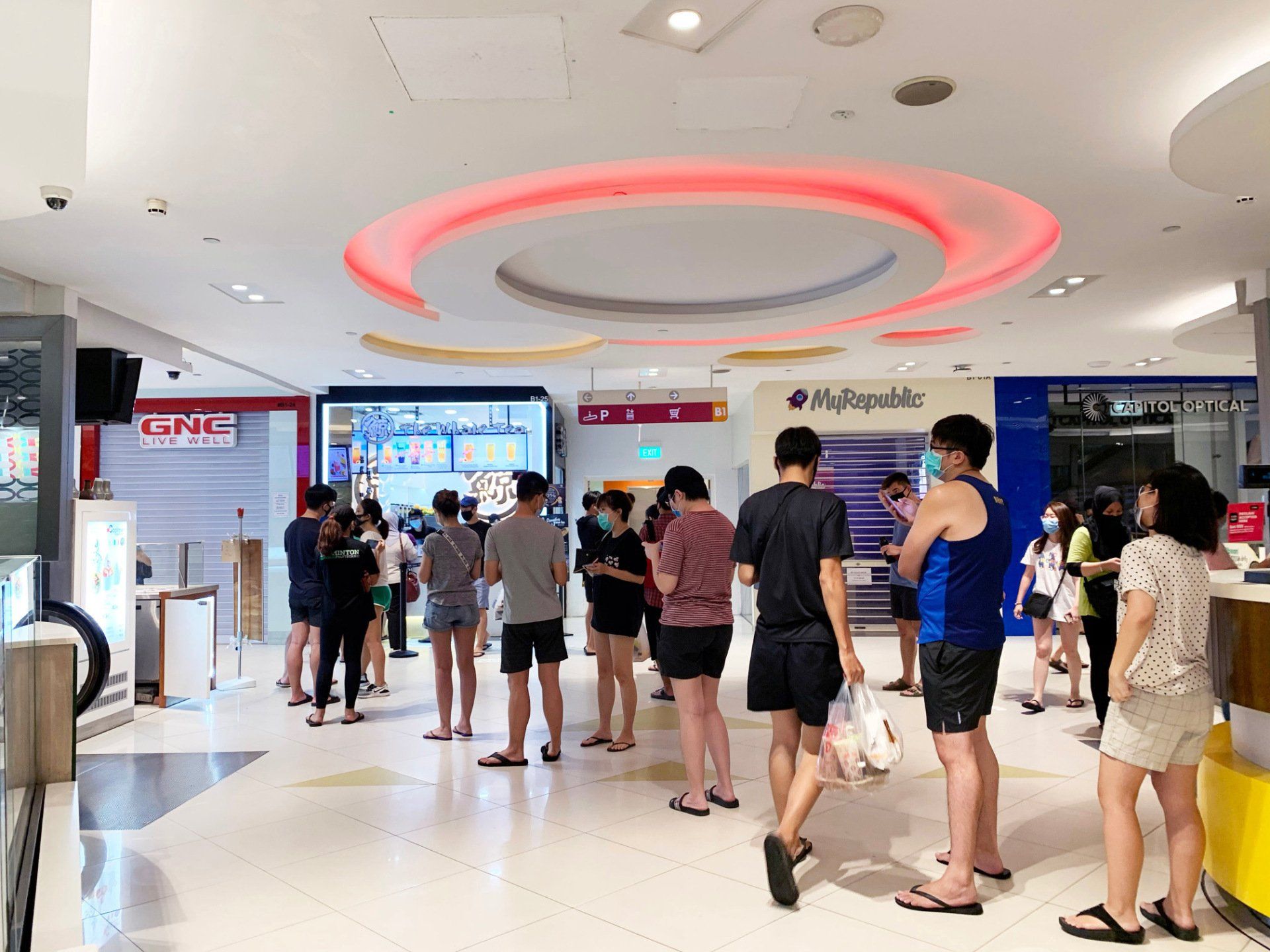Crowds have returned to F&B outlets in droves since dine in restrictions were further relaxed. Long queues outside F&B outlets have become a common sight around F&B outlets in Singapore. How should you, an F&B operator/owner, capitalize on the returning queues to increase your revenue and enhance your customer's experience? Find out how in this article.
Use QR Ordering to your advantage
QR ordering solutions allow customers to self-order digitally instead of placing their orders through a cashier.
By using QR ordering, you allow customers to pre order and collect their orders at a specific timing pre order for delivery, or order at the outlet and wait for their order numbers to be called. As such, you are placing your customers in a virtual queue.
In this article, we shall dive deeper into how QR ordering can help you better manage your queues.
Better manage safe distancing at your shop
Even as dine in regulations were relaxed, safe distancing measures are still being enforced. To better cope with this situation, many F&B operators encouraged their customers place orders digitally, making it easier for them to manage queues at their shopfront.
By doing so, the F&B operators do not need to maintain a physical queue. Their customers can place orders from anywhere and collect their orders at a specific time, or wait for their order numbers are called.
Remove ordering bottleneck
By removing the traditional physical queue, your order taking is not limited to the number of cashiers you have. Instead, your customers can send in their order simultaneously through their smartphones by scanning an ordering QR code at your shop.
With a QR ordering system, you can get your customers orders first, then place them in a virtual queue to wait for their orders to be prepared. This way, you minimize the chances of losing customers to long waiting times in the ordering queue and allow your customers have the freedom to do some shopping while waiting.
Better customer satisfaction
A QR self-ordering system helps you to free up your staff from order taking so that you can divert them to tasks that speed up order preparation to maintain high, consistent food and service standards.
A QR ordering system also enables you to be transparent with your customers about the order preparation time by letting you specify the estimated waiting time on a banner in the digital menu. Long waiting times without knowledge of the estimated waiting time almost always leads to bad customer experience.
On top of all that, by removing the physical queue and allowing your customers to self order simultaneously, you half their waiting time by doing away with the ordering queue. Hence, your customers will only have to wait for their orders to be prepared. Less waiting time equals happier customers.
Conclusion
Looking to get a QR ordering system for your F&B business? Drop us your contact information below and we will be happy to arrange a free demo session on our QR ordering system with you!












